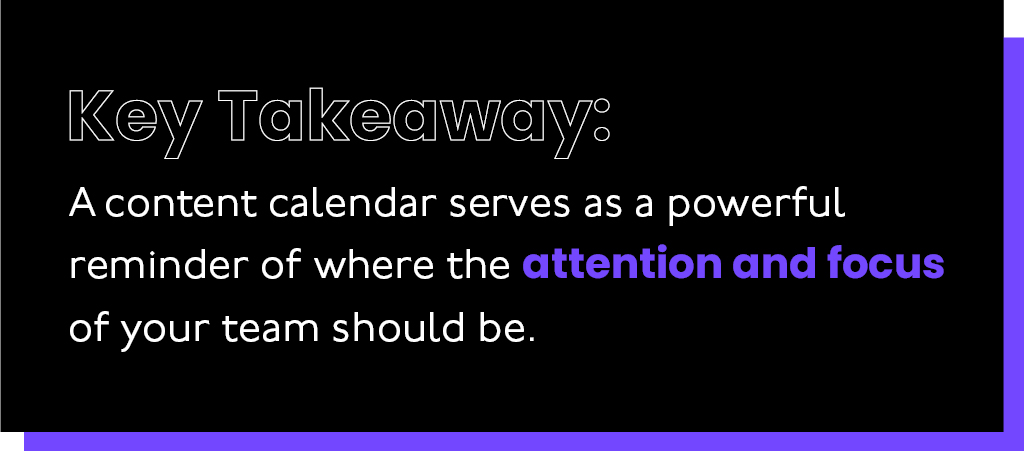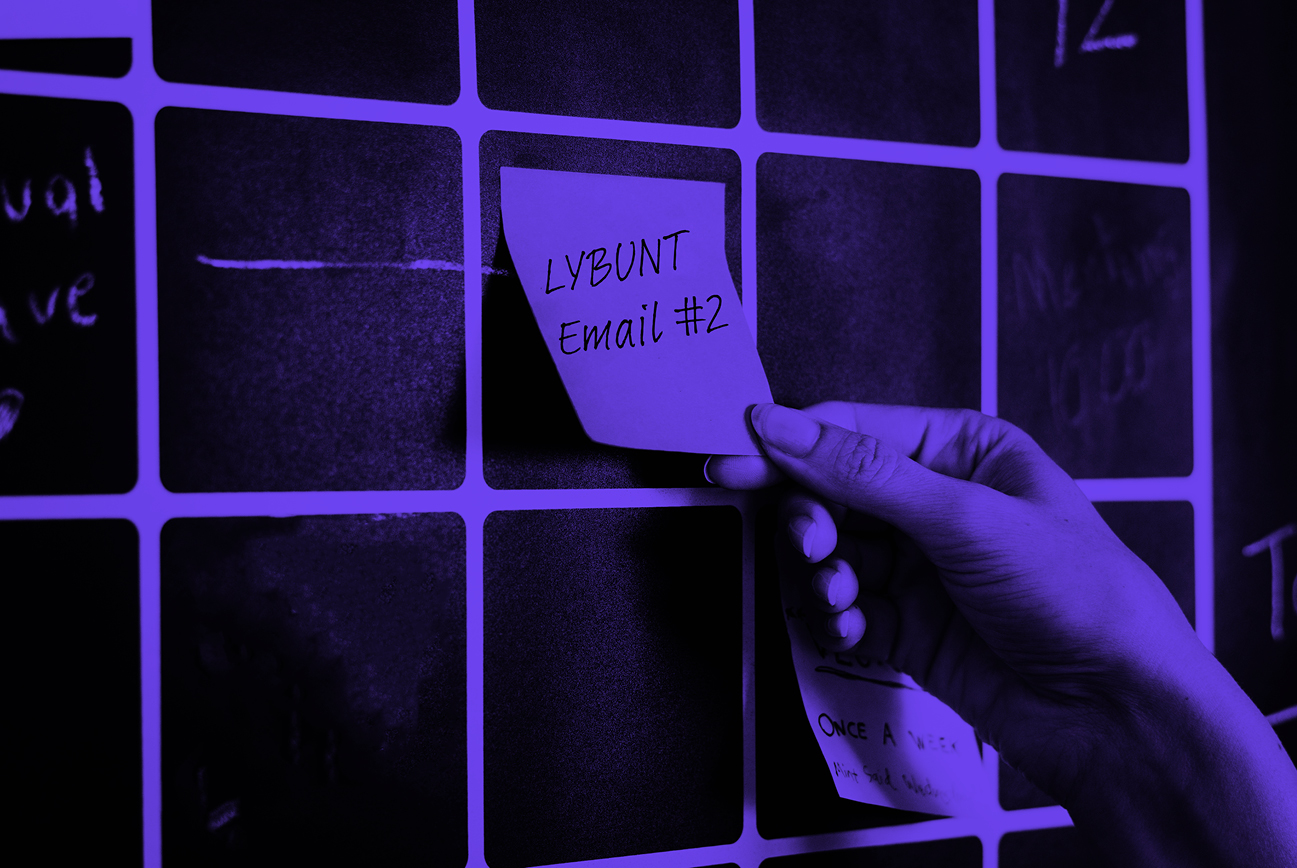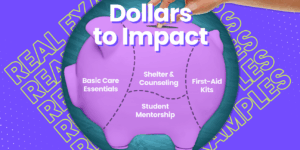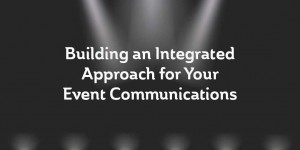Guest Blog by Maggie Stevens, LetsAllDoGood.
Nonprofit organizations are vital in building, serving, and representing their communities. Yet, in the current climate, you must meet your community’s growing needs with shrinking resources. Your organization must do more with less.
Less time. Less Money. Less staff. Fewer volunteers. Fewer fundraising opportunities.
Working with less requires more planning. Too frequently, though, detailed planning is the first thing skipped or skimped on when resources tighten.
Think of a content calendar as you would a financial budget. A budget tells your money what to do and when to do it. A content calendar behaves the same way. It puts your content to work for you.
Ok, but what exactly is content? The term can be “squishy,” but for our purposes, content is the programs and services that you offer your communities and the stories you tell about them. An upcoming fundraising event, as well as the articles, details, and beneficiary profiles that surround it are all content.
Here are seven reasons why a content calendar is crucial to reaching your organization’s goals and a few tips to help you and your team stick to the vision!

1. “Failing to plan, is planning to fail.”
While we’re not sure who originally said it—Benjamin Franklin, Winston Churchill, John Wooden, or someone else—the adage endures for a simple reason. It’s true.
Without a formal content calendar, something is going to fall through the cracks—an event, deadline, milestone, key message, or opportunity to connect with your community.
2. A content calendar reinforces a proactive vs. reactive culture.
Planning isn’t exclusively about the outcome or work product; planning creates and reinforces a culture of proactivity and intentionality as an organization.
When creating a content calendar, you think about your content—all of it. Every event, milestone, and message throughout the year is on the table, and while it is on the table, teams are looking ahead to see the big picture with more clarity.
The payoffs of a proactive culture are powerful: Teams feel empowered and are more creative as they move through projects.
3. Creating a content calendar provides a vital opportunity for collaboration.
The distributed workforces and physical distancing of the “next normal” bring benefits as well as challenges. We need to find ways to break out of the silos that have resulted from not working together day-to-day.
Many organizations have developed an “if it can be done alone, it should be” mentality without even realizing it. Getting your organization together to discuss fundraising, volunteer coordination, workforce development, advocacy, marketing, and public relations restores the connection organizations need to thrive.

4. Content calendars align priorities.
The cross-functional departments in your organization don’t have the same priorities. Each group’s project is the most important—to them.
Without an intentional content calendar, you risk programming “a little bit of everything all of the time.” This creates noise, clutter, and confusion in your communities because they don’t understand what you’re asking them to focus on.
With a solid content calendar in place, throughout the year, each program—in turn—will be the individual priority.
5. Outlining a content calendar identifies conflicts, opportunities, and gaps.
When you see your content on paper (or in your favorite spreadsheet tool) you really SEE it.
As you’re reviewing, you can see potential conflicts of dates, communities, venues, resources, communication channels, and more.
Looking at your programs and services through the lens of content scheduling gives you a different perspective. It helps identify opportunities that may not have aligned had you not taken a step back to look at them in the full context of the organization. What one department is doing can create an opportunity for another.
With a clear understanding of where everything is, you see where something is not. Of course, it is okay to have gaps. It gives your team and audience an opportunity to refocus and not feel overwhelmed, as long as the gaps are intentional.

6. One content calendar creates transparency across an organization.
Through the content calendar, each champion can see where their program fits in and understand that a lack of focus on their program isn’t an oversight, it is intentional based on available resources.
Teams can see how their programs contribute to a larger content strategy of the organization.
7. Content calendars help everyone understand the big picture.
Everything that is on your content calendar matters to your organization. Documenting, distributing, and revisiting the content calendar serves as a powerful reminder of where attention and focus should be.
Don’t get distracted!
It is easy to get distracted when taking on new projects. There is a lot to do when it comes to content. Content planning bleeds into content strategy, which bleeds into organizational strategy, and then you’re suddenly discussing the mission of your organization and how to communicate that in your brand promise.
There is a time and a place for all that. It isn’t now. When you’re focused on a content calendar, remain focused on the content calendar, and if you need to, set aside time to discuss the other topics at a later date.
Planning the specifics of the content and communications is another meeting as well, so don’t go there yet either!

Crawl. Walk. Run.
If your team has never used an organization-wide content calendar, don’t try to take on too much at once. Start small, being mindful of what you want to add in the future, and once the team feels comfortable with how things are progressing, the additions can happen.
A content calendar can be as simple as outlining the themes for each month or even each quarter. Or it can get as granular as documenting every social post in each platform each day. Decide what is reasonable for your organization and start there.
Things won’t always go to plan.
New opportunities will come up, plans will have to change. Keep the lines of communication open with your team and make adjustments as you go.
Are you ready to dive in? Have no fear! There are lots of great resources out there to help you create a content calendar with your team, and they start right here!
We have outlined Five Steps to Create Your Nonprofit Content Calendar, and even have designed a Content Calendar Worksheet and Template for you to use. They’re both available here.
About Maggie Stevens
Maggie Stevens is a data-loving marketing nerd with more than 20 years of marketing experience across the nonprofit, event, and SaaS spaces. When not immersed in all things marketing, Maggie enjoys balancing her life with kickboxing, walks, creativity, podcasts, chocolate, wine, and time with her loves, though not in that order.

About LetsAllDoGood
LetsAllDoGood, the Smartphone app for nonprofits, gives any do-good organization the power to reach their supporters, members, and stakeholders instantly on the front screen of their phones. App Founder Greg McHale believes that nonprofits of any size or budget should have access to simple, secure and powerful technology that lets them reach and interact with their communities anytime, anywhere.
LetsAllDoGood has one goal: connect organizations that do good with the people that want to do good and care about the causes they support.
To learn more about LetsAllDoGood, visit their website or follow them on Twitter, Facebook and LinkedIn.








